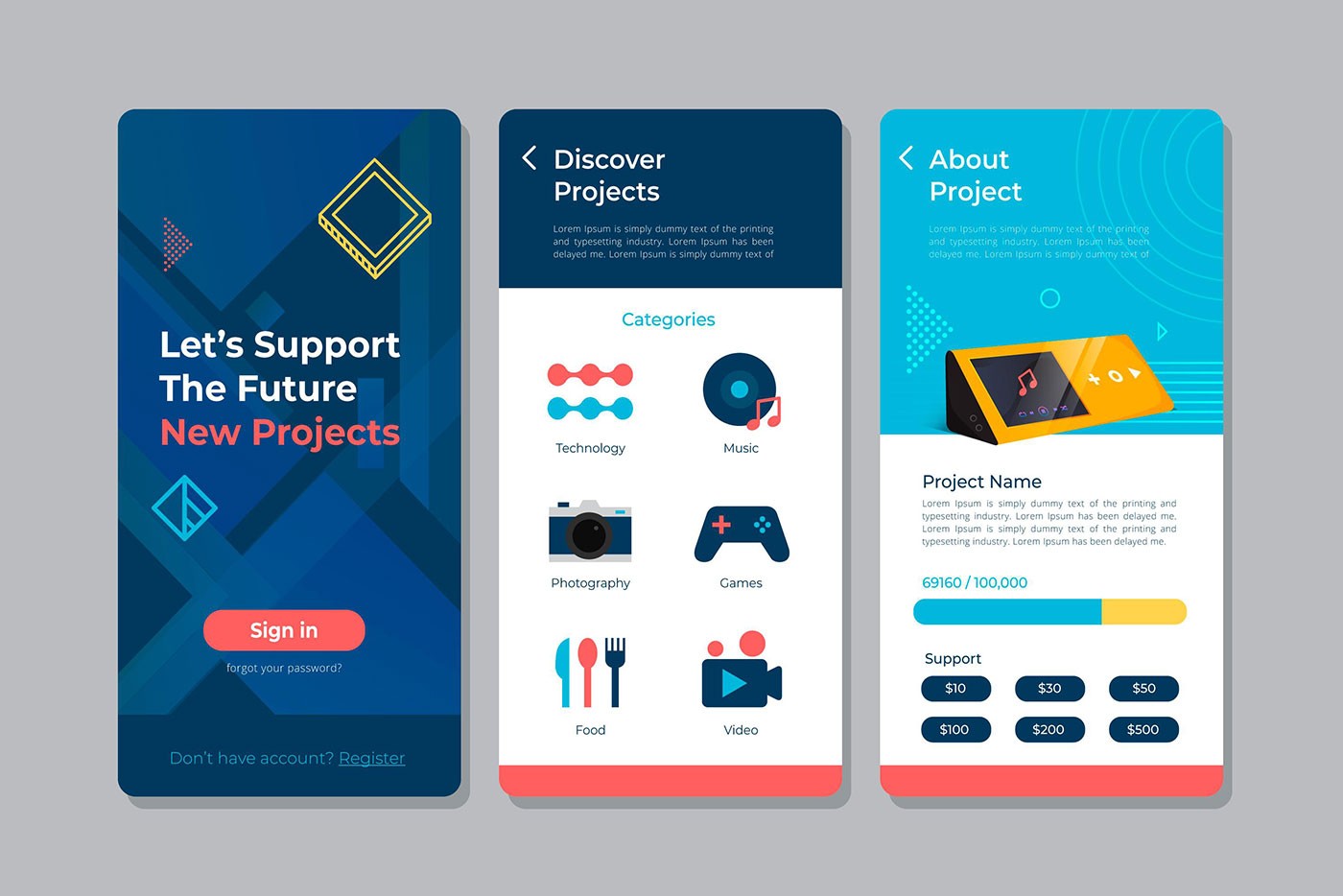CXBOS Insights
Your daily dose of news, insights, and information.
Designing for Humans: The Quest for Empathy
Uncover the secrets of human-centric design and discover how empathy transforms your creations into meaningful experiences!
Understanding Empathy in Design: The Key to Human-Centered Solutions
Understanding empathy in design is crucial for creating human-centered solutions that truly resonate with users. Empathy entails not only understanding the needs and challenges faced by users but also immersing oneself in their experiences. By adopting an empathetic approach, designers can uncover insights that go beyond functionality, enabling them to craft products and services that genuinely improve the quality of life for their users. This connection fuels the design process, ensuring that solutions are tailored to real human emotions and behaviors.
To effectively integrate empathy into the design process, practitioners can employ various techniques, such as user interviews, shadowing, and co-creation workshops. These methods allow designers to gather firsthand perspectives and ideally lead to the identification of key pain points. Empathy in design ultimately fosters innovation by encouraging teams to prioritize user experiences and satisfaction throughout the development process. By embedding empathy at the core of design practices, organizations can develop more relevant and impactful solutions that resonate deeply with their audiences.

The Importance of User-Centric Design: How Empathy Transforms Experiences
User-centric design is a pivotal approach that places the needs and experiences of users at the forefront of the design process. By employing empathy, designers can truly understand the challenges and desires of their audience, which leads to more intuitive and engaging products. This method not only enhances user satisfaction but can also significantly impact a company's bottom line. When users feel understood and valued, they are more likely to engage with the product, leading to increased loyalty and conversions.
Moreover, incorporating empathy in design helps to identify and address pain points before they become significant barriers. For instance, through user testing and feedback, designers can uncover insights that may not be immediately visible. This iterative process often results in products that are not only aesthetically pleasing but also functional and user-friendly. In essence, when organizations prioritize user-centric design, they foster a culture of innovation that ultimately transforms experiences and elevates brand reputation.
How to Foster Empathy in Your Design Process: Strategies and Techniques
Fostering empathy in your design process is essential for creating products that truly resonate with users. Start by immersing yourself in the user experience through techniques such as user interviews and observational studies. During these sessions, ask open-ended questions to encourage participants to share their thoughts, emotions, and pain points. This qualitative data allows designers to gain a deeper understanding of user needs and fosters a sense of connection that can enhance the overall design process.
Another effective strategy to foster empathy is to engage in design thinking workshops. These collaborative sessions bring together stakeholders from various backgrounds to brainstorm solutions while testing ideas through prototyping and user feedback. Encourage participants to step into the shoes of users by creating personas that represent the target audience. This ensures that the design process remains user-centered and promotes a culture of empathy within the team.